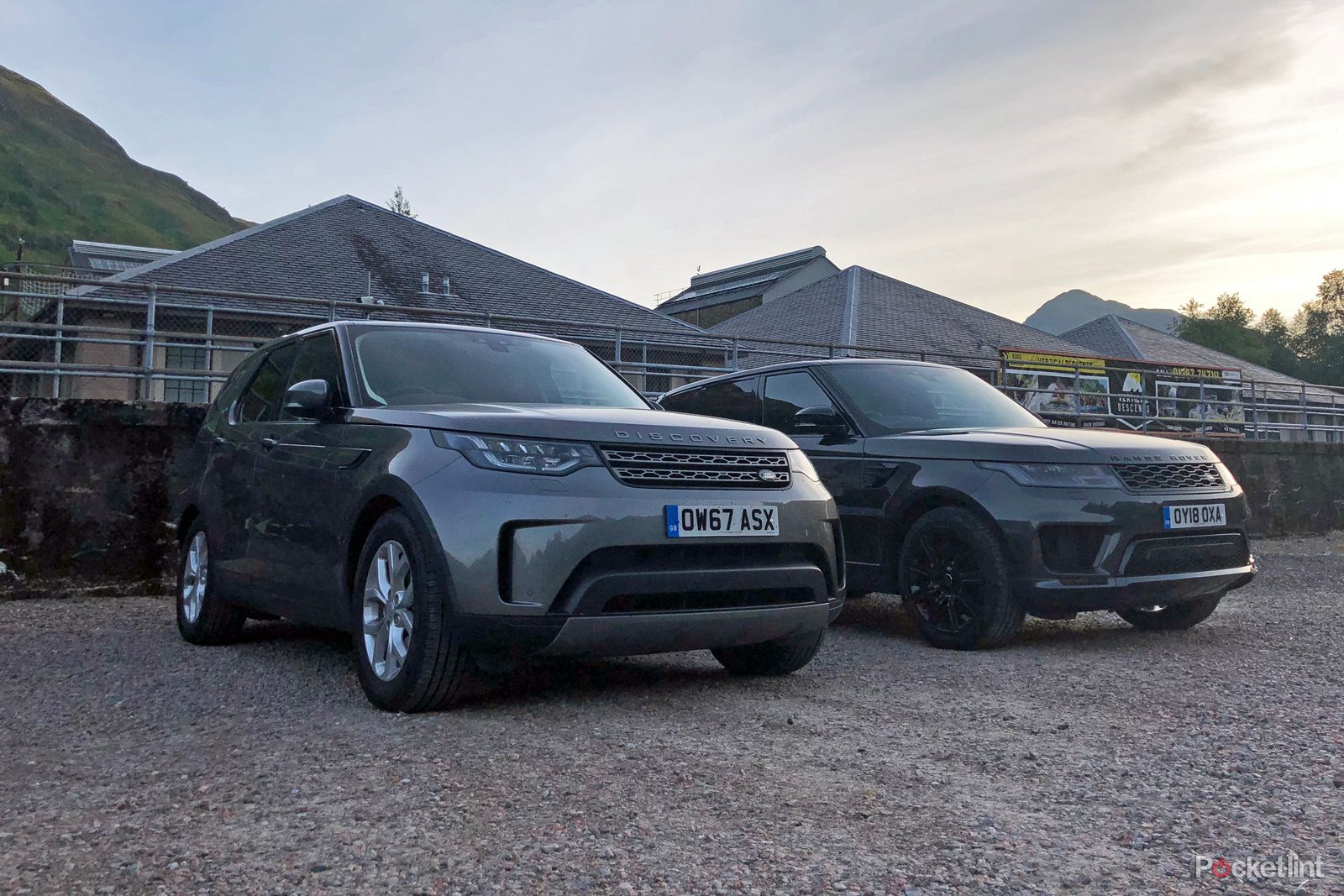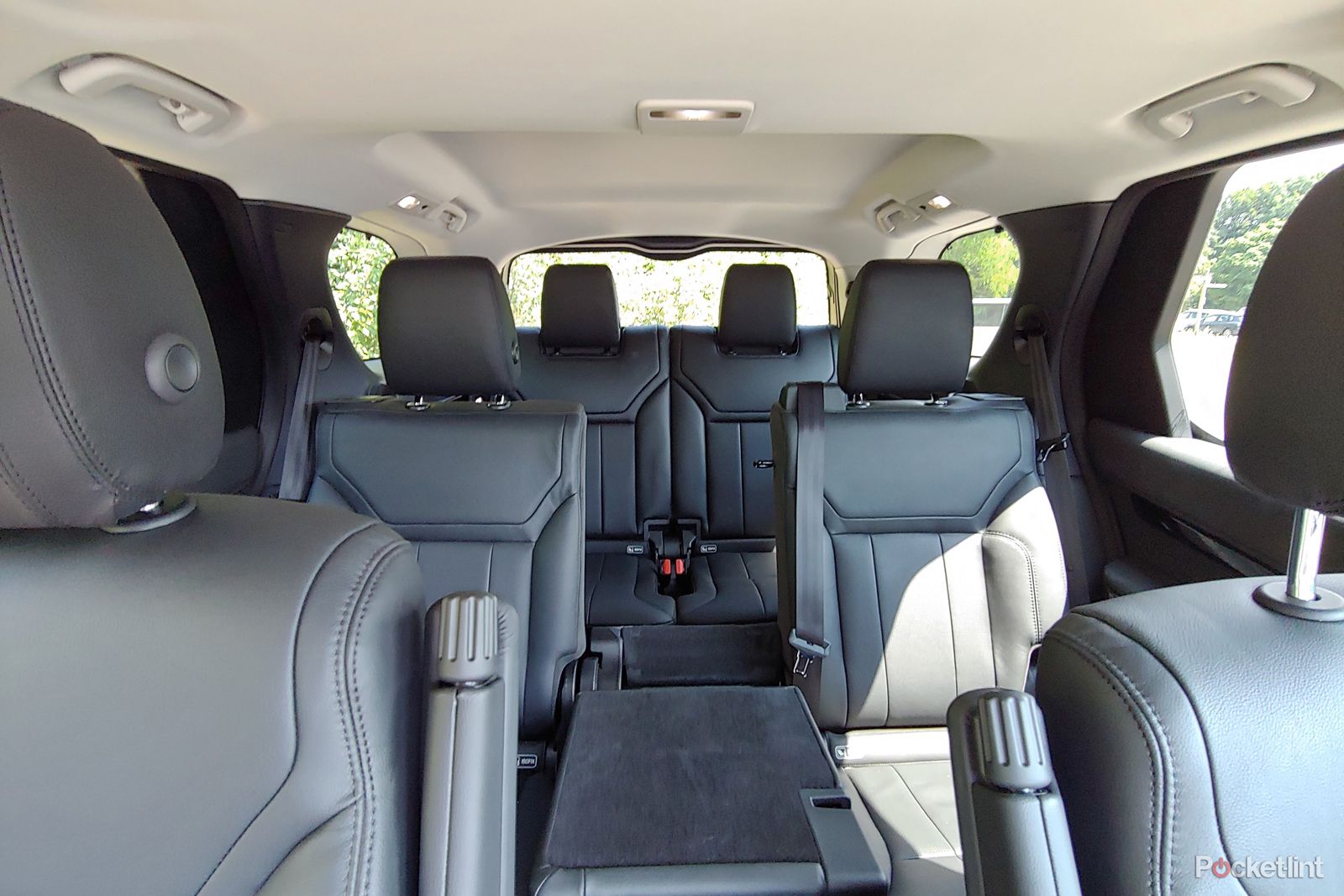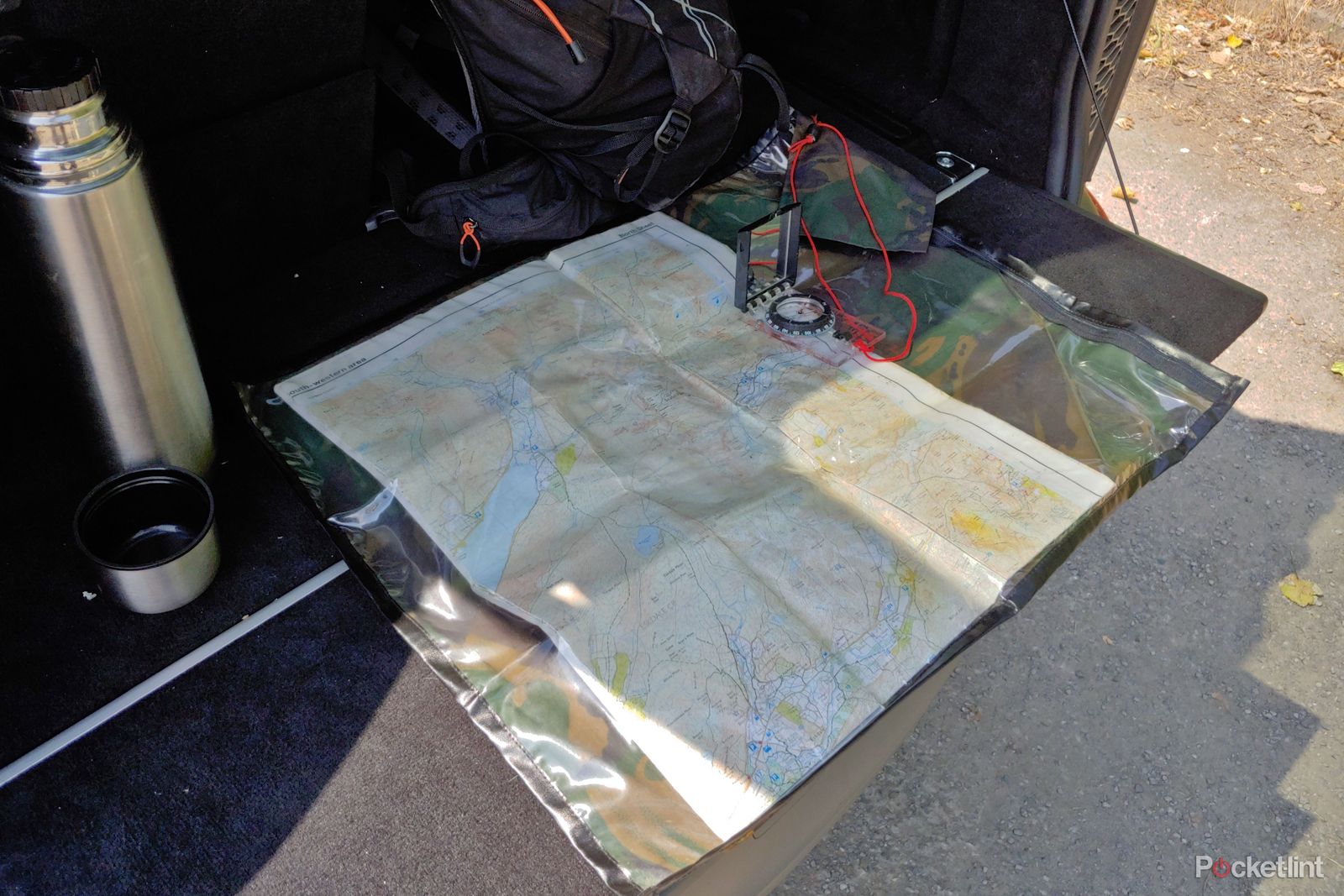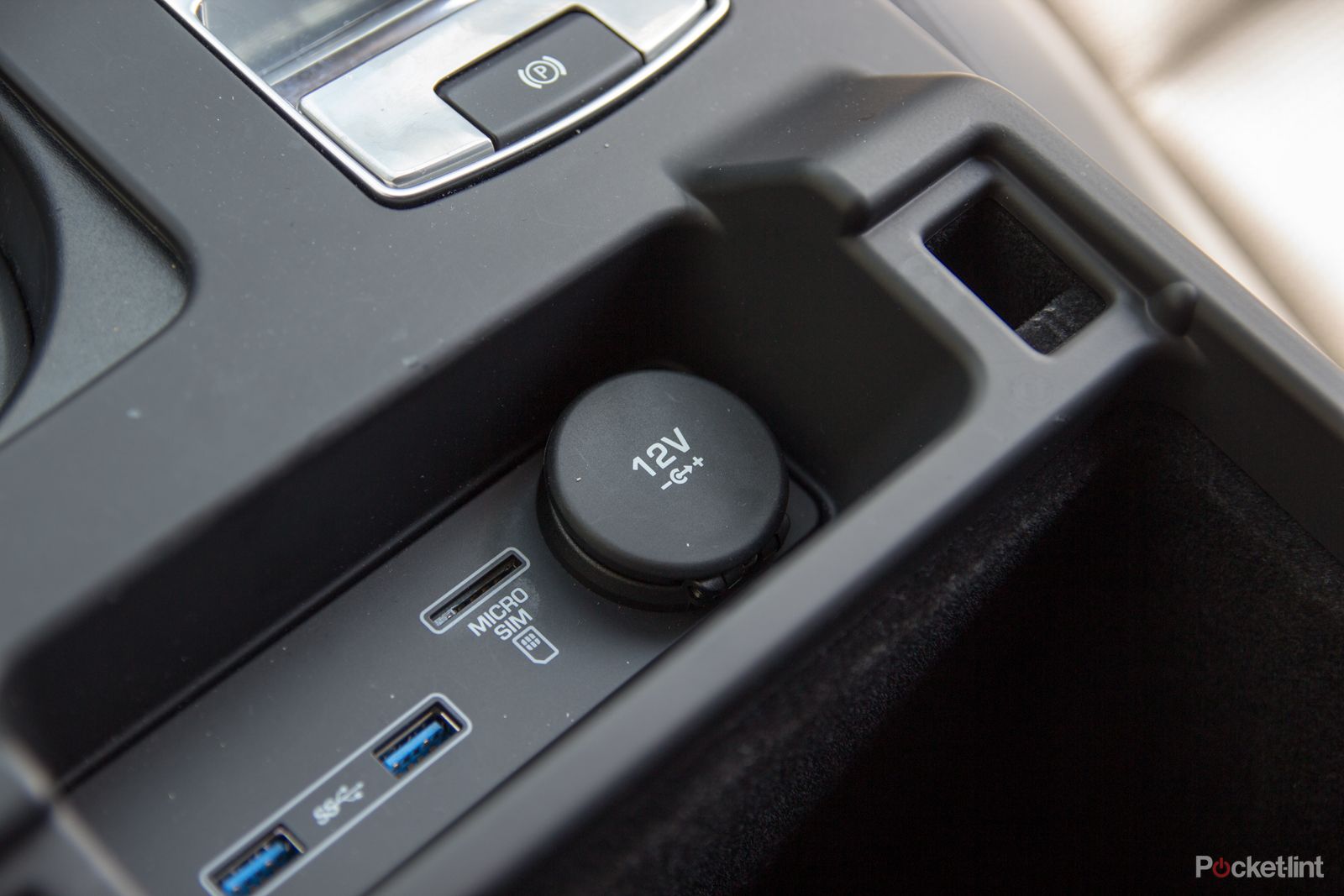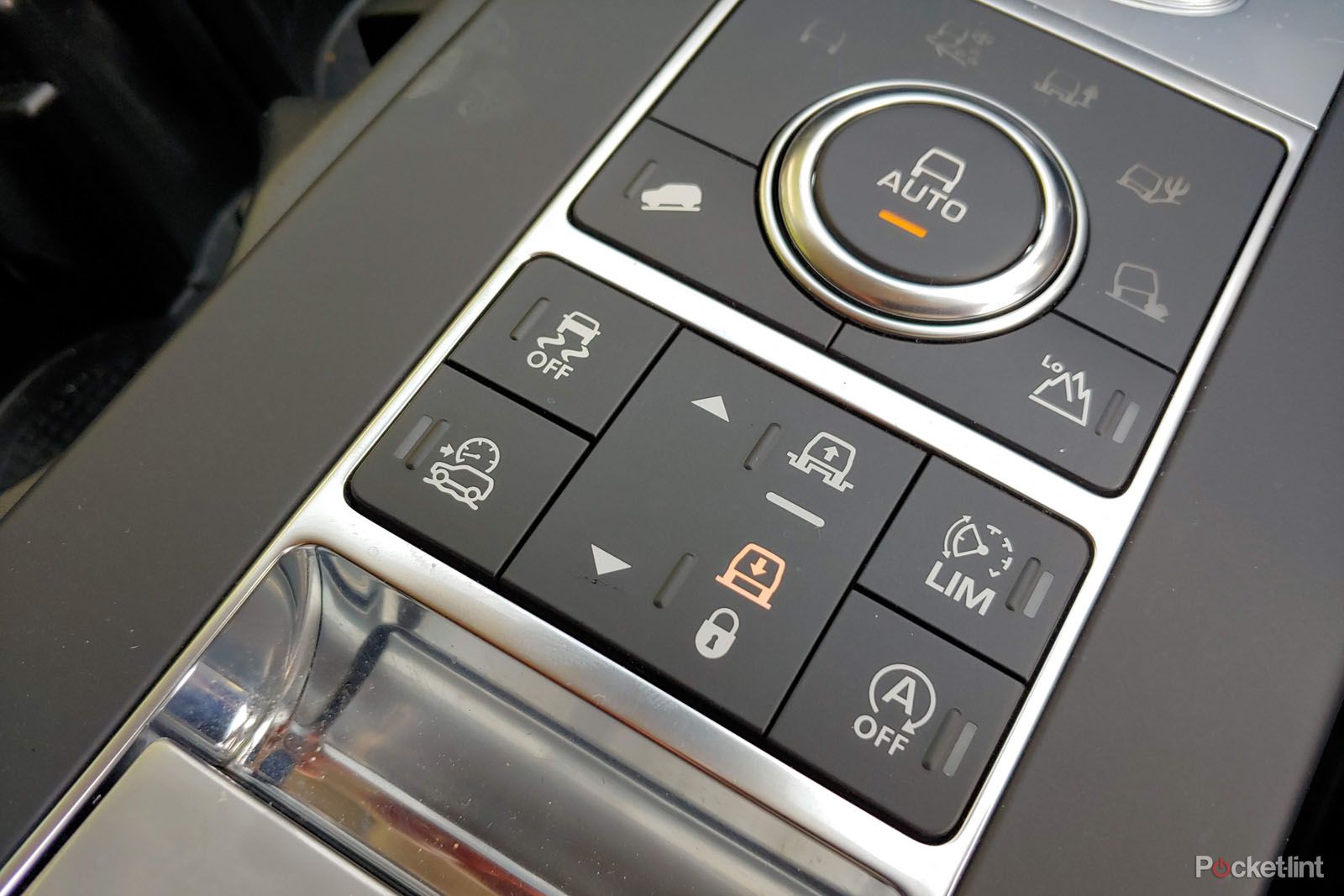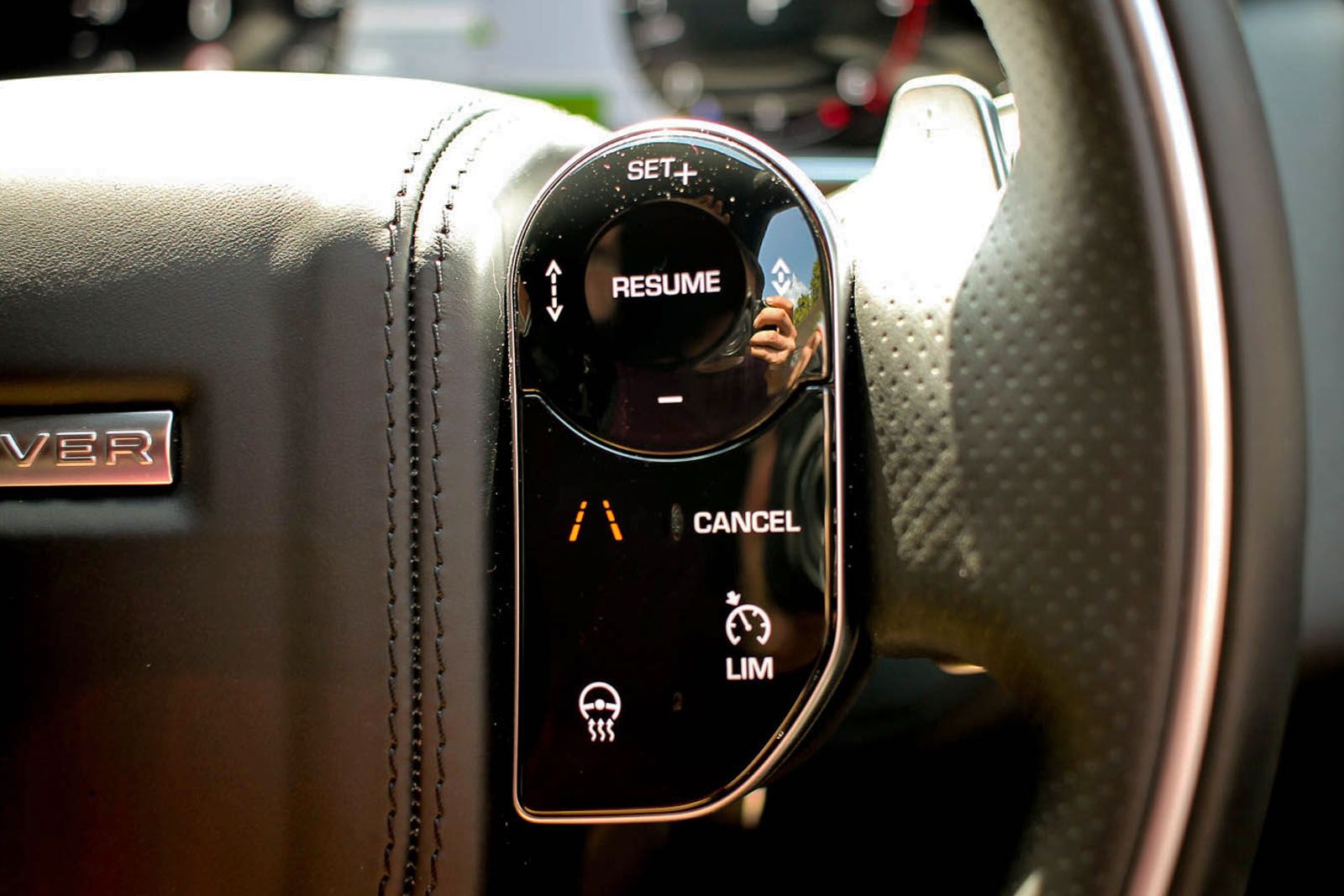Team Pocket-lint has just completed the Three Peaks in the UK, which involves climbing the three highest peaks in Scotland, England and Wales - Ben Nevis, Scafell Pike and Snowdon.
The challenge comes in many forms, often with teams setting their own objectives, but all carry a common theme: it's logistically challenging as the peaks have a lot of distance between them. We aimed to climb all three in 24 hours and that means being constantly on the move.
We chose to take the Land Rover Discovery, because it's a great vehicle for adventures, wherever they may take you. Here's what we really like about it:
1. It's a bone fide seven seater
There are a growing number of cars offering seven seats, but many are aimed at the school run. That's great for the kids, but the Land Rover Discovery will comfortably seat fully-grown adults in the rear - it has headroom, rear stowage and a properly comfortable seats. We only used it to carry five, but it has the versatility the other cars lack.
For us this was really important, because it means you don't need to have three people in the back seat - so you can all spread out, which is important when you're living out of the car for a couple of days - using that central second row arm rest for its cup holders or extra accessible storage.
The floor in the rear is almost flat too, with very little transmission tunnel, so it's easy to move around/through the vehicle or convenient for storage and having some recline on the seats also means you can make them comfortable for sleeping on the move.
2. The boot shelf
Those familiar with Range Rovers and Discoverys of the past will remember features like the drop-down tailgate on the Range Rover or the extended boot floor of the Discovery. The latest Discovery has a nod to this with a rear boot shelf that's actually very useful.
Firstly, if you are using those rear seats, it's something you can stuff things behind, so they don't immediate fall out of the boot when you open up. But secondly, it's somewhere you can sit. As the tailgate opens upwards, it provides a rain shelter or sun shade, so you can use that rear boot shelf as you repack your walking kit, organise your equipment, or just sit and have a cup of tea.
It gives you somewhere outside the car to organise yourself, without throwing everything on the floor - plus there are controls in the boot to control the height of the vehicle, which is amazing.
3. 12V sockets reign supreme
We all love USB for its convenience and universal adoption across technology, but often the old 12V socket is much more useful. The Discovery has a generous serving of them. There's two in the boot (each in a cubby hole) and two in the front.
That means you could power your satnav, run a 12V kettle, power a travel coolbox, or, if you're a technology fan, get yourself a 12V fast charging adapter for your smartphone and recharge your devices in the car, on the road in no time.
We used a powered coolbox so we could take fresh food on the road so not everything was coming out of packets, which for an event like the Three Peaks where time is limited, makes a huge difference. For a smaller things, you can also spec your Discovery with a front centre console chiller for £240, perfect for chilled drinks for the driver.
4. You're king on the road and off
Everyone is familiar with the Discovery's heritage as a capable offroad vehicle. When you literally have no idea what your adventure will throw at you, it gives you peace of mind that your vehicle can cope.
For many of us, the ability to wade or cope with extreme conditions isn't always necessary. But having a vehicle that rides high is. Visibility is very good in the Discovery; it's a big thing, but on the road you can see over cars, you can see what's happening around you and in many ways that makes it king of the road.
That elevated driving position is also great on narrow roads, spotting oncoming cars over the hedgerows and not worrying if moving over to let a minibus past means briefing driving on a bit of boggy verge. It's all in a day's work for the Disco.
5. Adaptive cruise control
Adaptive cruise control isn't unique the Discovery - in fact the photo above is from the Range Rover Sport (our secondary adventure vehicle) - but it's a technology that really comes into its own when you have tired drivers and lots of miles to cover. It's not autonomous driving, but it's perhaps one of the biggest elements that plays into that self-driving car idea.
For us, adaptive cruise control gives you a little more over normal cruise control, so the car will maintain a safe distance from the car in front - and you can choose how close or far away you want to be.
It's a safety feature on one hand, but a convenience feature on another - if someone pulls out in front of you, the car will slow, when they move out of the way, you'll accelerate back to your required speed - which makes for a relaxing drive. For us on the Three Peaks, adaptive cruise control played a part not only on the drive between the mountains, but the long journey up to Scotland too.

